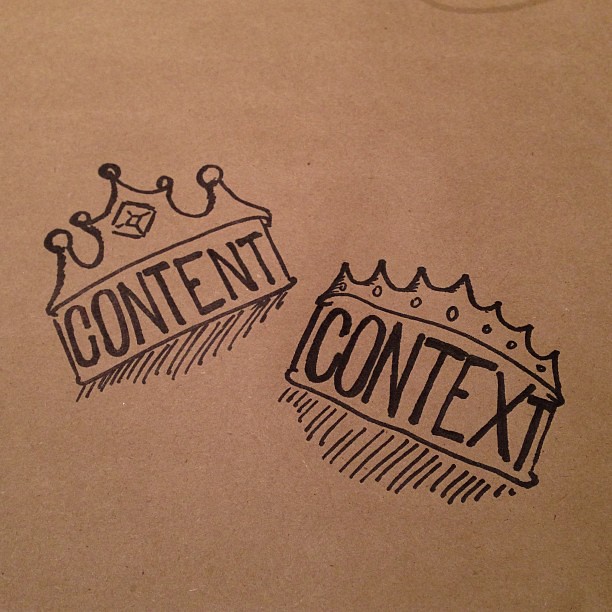 |
| Hunt, Tara. "Audience." 9/9/2013 via Flick. Attribution-ShareAlike 2.0 Generic License. |
Audience
Who is my audience?
The audience of my QRG are my classmates and my instructor. This means my audience is made up of a large group of people with varying prior knowledge on GMOs. Also, because my audience is so diverse in what kind information they find interesting I need to make sure the information is accessible for those who prefer statistics and narratives.
What are their values and expectations?
The expectations of my audience is regardless of their prior knowledge or opinions on the GMOs they finish reading the QRG feeling more informed about both sides of the debate. From our class discussions and from reading other drafts, the readers of these QRGs like facts to be supported and evidence to be abundant and clear. To satisfy the desire for this proof, I included hyperlinks in my QRG so my audience can see where I gathered my information from and check my facts.
How much information do I need to give my audience?
For my audience I think its fair to assume everyone has heard of genetically modified food before, therefore I will give a brief background on the technical side of GMOs, but not a full history. Also, the information I provide for my audience will focus more the reasons the controversy exists not all the specific statistics regarding what type and the amount of food that has been genetically modified.
What kind of language is suitable for my audience?
I think based on the audience I am writing for, the language and tone of my QRG should be more informal. Because my audience does not necessarily have a lot of experience talking about GMOs, a very technical vernacular will not make my writing easy to understand.
The tone should also be casual, but still informative. This tone will help in providing lots of information easily, while making it as easy to understand as possible. This tone should be used throughout the entire QRG.
 |
| Gustafson, Aaron. "@jasonspeaking at #rwdstudio: "If Content is King, Context is Queen" 4/30/2013 via Flickr. Attribution-ShareAlike 2.0 Generic License. |
What are the formatting requirements of the genre? Have I followed this restrictions?
Some of the conventions of a QRG include text writing in short blocks, subheadings, hyperlinking, and images. I believe that I have incorporated all of the above pieces in my QRG.
What are the content requirements for the assignment? Have they been reached?
Because the topics my classmates and I are writing about are so diverse, creating content restrictions that applies to all is very challenging. But we are all writing about controversies and I believe each QRG should contain the opponents an proponents, the arguments for each side, the speakers from each side, and background on why the debate is relevant.
Does my draft reflect knowledge or skills gained in class in addition to my own ideas and voice?
I believe that my draft does reflect skills that were learned in the class and through the classwork. For example, when quoting a speaker, I applied skills in evaluating the credibility of the source and the speaker. Also, I am more familiar writing commentaries about pieces of literature, and in this English class I have experienced writing in a more informative and less biased style.
Have I addressed any grammatical issues that my teacher highlighted in class or in my previously-graded assignments?
We have yet to really highlight grammar issues in class, I feel that we have focused more on content. However, the classwork pointed out the importance of not mixing verb tenses in a sentence, and I have tried to eliminate this from my QRG.
No comments:
Post a Comment